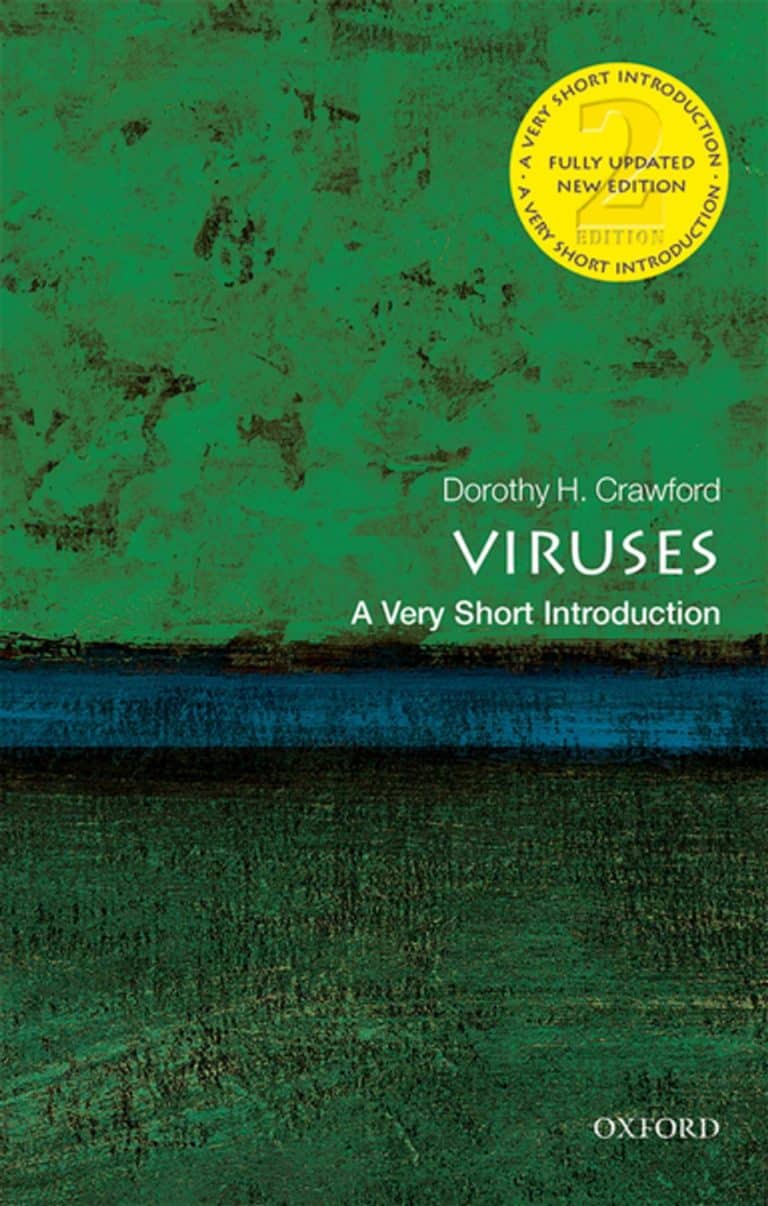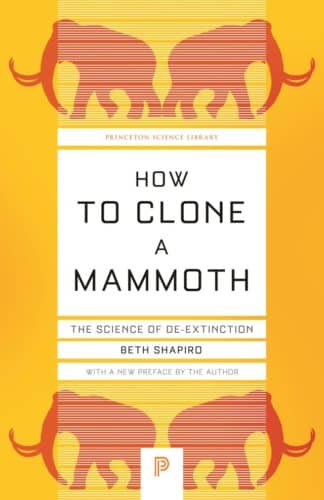Viruses are a significant deal. We have continually been inundated with news of new deadly viruses thanks to pandemics like HIV, swine flu, and SARS. Dorothy Crawford demonstrates how shrewd these things are in this Very Short Introduction. Crawford shows how these little parasites are by far the most prevalent life forms in the world from their discovery and the dissection of their complex architecture. Each liter of seawater contains up to two billion viruses, which are necessary to the ocean’s fragile ecosystem and serve an essential role in regulating the marine environment.
In this completely revised edition, Crawford discusses the role that air travel plays in the global transmission of viruses in the twenty-first century while retelling tales of well-known killer viruses like the recent Ebola and Zika epidemics, as well as the Middle East Respiratory Syndrome.
She talks about how global warming is affecting native communities in subtropical and temperate climes in the Americas, Australasia, and Europe and how this will affect the spread of vector-transmitted viruses, including dengue, yellow fever, and West Nile virus.
Crawford analyzes how we might need to change to stop new viruses from arising that could have catastrophic effects by assessing our way of life in the twenty-first century and looking to the future to ask whether we can ever live in harmony with viruses.
















